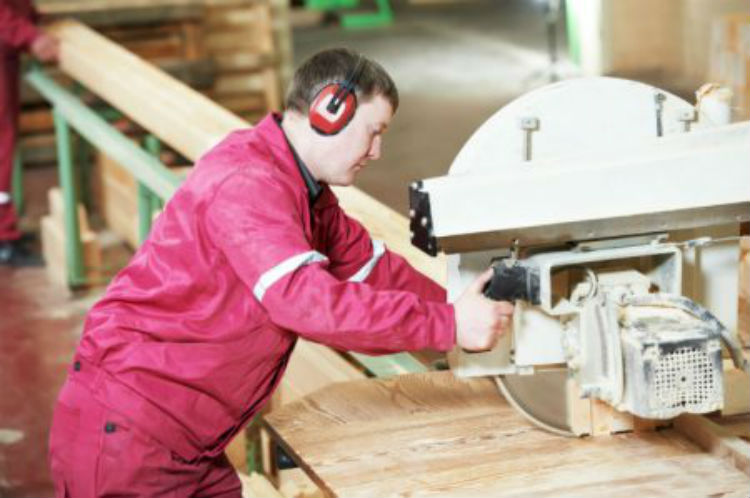No products in the cart.
Noise and health, Noise at work, Noise measurement, Noise recommendations, Noise reduction, Tips, Uncategorized
5 tips to reduce noise in the Industrial Sector
Noise in the industrial sector is an increasing issue, not only for employees but also for people living close to noisy companies. Noise can ruin a healthy work environment, which is why there are guidelines as to how much noise, you can be exposed to, when you are at work. In this blog post we take a closer look at what noise means to employees in the industrial sector and what can be done to reduce noise at the workplace.
Hearing Damage is widespread in the Industrial Sector
Noisy work is particularly bad for you, as it can cause severe damage to your ears. This is a problem in the Industrial Sector, where employees often report hearing loss and tinnitus. In the US alone 22 million employees are exposed to hazardous noise levels at work, and Occupational Hearing Loss is the single most reported work-related illness.
Source: Trends in Worker Hearing Loss by Industry Sector, 1981–2010
When sound becomes so loud, that you experience it as bothersome, it becomes noise, which there is a lot of in Industrial workplaces. It can affect the work environment, which is why there are regulations as to how much noise you can be exposed to during a workday.
Example of noise levels during a workday for a blacksmith:
- 94 dB(A) for 1 hour while chiseling
- 90 dB(A) for a half hour while grinding
- 86 dB(A) for 1,5 hours while welding
- 77 dB(A) for 4 hours while assembling
- 60 dB(A) for 1 hour during breaks
Source: Noise – A Guide to assesment and prevention (In Danish)
85 dB(A) is the maximum level of noise you should be exposed to as an average over an 8 hour workday. These levels should not be exceeded. If they are, it can lead to severe hearing damage for employees and it will be required to wear hearing protection and get proper training in the effects of noise.
For more on noise at work regulations in the EU, go to the OSHwiki.
We have collected 5 tips to reduce noise in Industrial settings:
- Use hearing protection It is important to use hearing protection as it lowers the amount of noise your ears are exposed to. Hearing protection should be provided for you if you work in an environment where noise levels reach 80dB(A). It can be difficult to remember to put on your hearing protection. If this is an issue at your workplace, you can look at this solution.
- Do not operate noisy machinery longer than recommended Stick to the guidelines provided by the manufacturers regarding noise levels and operating time
- Measure and map noise Find out when and where noise is an issue, using noise level meters. Use the noise meters to measure and map noise for an extended period of time to create awareness about noise at work.
- Move noisy tasks Use different areas of the workplace for different tasks and move the most noisy tasks away from the main work area, if possible.
- Isolate noise To isolate noise at the workplace, you can move noisy equipment to a soundproofed room or use shielding around the source of noise.
The employer is obligated to ensure that you comply with noise level regulations. So, apart from following these 5 tips, you can also talk to your employer about how to reduce noise at your workplace.

 Dansk
Dansk Deutsch
Deutsch Svenska
Svenska
